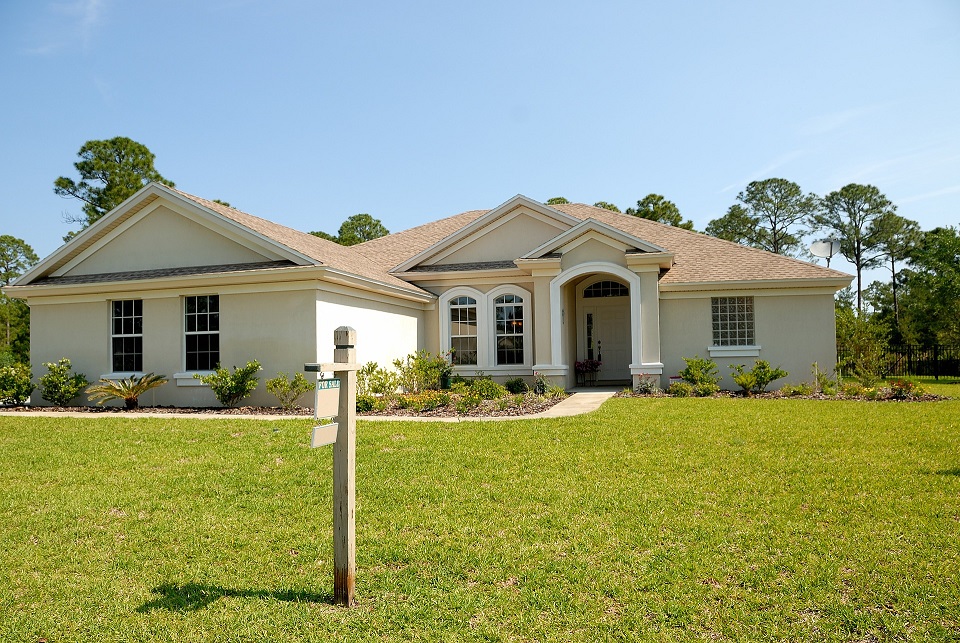La venta de un inmueble durante un traslado tiene sus ventajas. El proceso comienza con la venta de la vivienda. Cuando se trata de vender una casa como parte de una reubicación de empleados, las compras corporativas vienen en dos variedades principales:
- Una valoración
- Una oferta exterior
Existen otros tipos de ventas de viviendas específicas para el traslado, como el reembolso directo de los gastos, pero estos abren al empleado a una tributación innecesaria.

Más información sobre las compras
Una opción de compra garantizada (GBO) se basa en el valor de dos tasaciones, que promedian una oferta garantizada para comprar la vivienda de un empleado que se traslada. Un segundo tipo de compra, la opción de valor del comprador (BVO), ofrece una compra basada en la oferta de un comprador externo.
En ambos casos, el empresario asumiría la responsabilidad financiera y (a veces) la titularidad hasta el cierre con un comprador. Esto permite al empleado trasladarse a su nueva ubicación con menos cargas y eludir la tributación. Esto sucede porque el dinero relacionado con la venta de la vivienda nunca pasa realmente por las manos del empleado. Un especialista en reubicación inmobiliaria puede ayudar a entender este tipo de ofertas.
Bonificaciones adicionales por venta de viviendas
Además de la recompra, los empresarios suelen ofrecer prestaciones adicionales, como la protección por pérdida en venta (LOS) o una bonificación por venta. Tanto la LOS como la bonificación por venta pueden diseñarse para incentivar la venta de una vivienda. La primera reduce el impacto negativo de una venta y la segunda "endulza" el trato si la venta se produce a tiempo.
Estas prestaciones no están protegidas fiscalmente. Los trabajadores pueden incurrir en un impuesto sobre estas prestaciones si el empresario no opta por "desgravar" el incentivo.
Tendencias en la venta de viviendas
Una consideración a tener en cuenta para ambos beneficios adicionales de venta de casa es el estatus del empleado dentro de la empresa. No es infrecuente que estas prestaciones sólo se ofrezcan a los empleados actuales y a los de categorías superiores. Las nuevas contrataciones pueden entrar en un nivel de póliza totalmente distinto.
Según nuestros datos de referencia, el porcentaje medio de oferta de ventajas en la venta de viviendas por traslado es del 67,5%. A continuación se detalla un desglose de estas ventajas por sector.
- Beneficio de la venta de viviendas - Industria manufacturera 33%
- Beneficio de la venta de viviendas - Industria farmacéutica 91%
- Beneficio de la venta a domicilio - Cadenas de restaurantes y servicios rápidos 50%
- Beneficio de la venta de viviendas - Sector de los seguros 100%
- Beneficio de la venta de viviendas - Fabricación de alimentos y bebidas 56%
Sale Bonificación
En general, los empresarios son más propensos a ofrecer una bonificación por venta cuando se trata de una GBO, ya que hay más riesgo de que la vivienda no se venda. Esta bonificación suele basarse en el precio de venta (lo más habitual es entre el 1 y el 5%), pero algunas empresas ofrecen una cantidad fija en lugar de un porcentaje.
Dado que algunas empresas también exigen un periodo de cotización obligatorio antes de aceptar una OG, es habitual que el importe de la bonificación vaya disminuyendo a lo largo de este tiempo, empezando por su importe más alto antes de que se pidan o concluyan las valoraciones (por ejemplo, una bonificación por venta del 4% antes de las valoraciones, del 3% a los 30 días de las mismas, del 2% a los 60 días y del 1% a los 90 días).
Es habitual que la bonificación caduque cuando expira la compra.
Protección contra pérdidas en la venta
Las viviendas compradas durante el apogeo de la burbuja inmobiliaria sufrieron pérdidas en muchos mercados durante la pasada década. Pero con el mercado inmobiliario fortaleciéndose y estabilizándose, hoy hay menos pérdidas. Para contrarrestar las posibles pérdidas durante la venta de una vivienda por reubicación, la prestación LOS tiene muchas formas y tamaños.
Tradicionalmente, la pérdida se calcula sobre la base del importe pagado por la vivienda y no incluye las mejoras de capital. Una vez determinada la pérdida (precio de venta menos precio de compra), los empresarios tienen dos opciones:
- Cubrirlo todo (a menudo hasta un importe máximo)
- Cubre una parte.
Como desglose adicional, algunas compañías ofrecen cubrir entre el 50 y el 75% de la pérdida, y el empleado debe cubrir el resto. A menudo, vemos que los empleados pagan el 100% de la pérdida, pero sólo hasta una cantidad máxima (por ejemplo, entre 20.000 y 50.000 dólares). Si la pérdida es superior a este límite, el empleado puede pagar la diferencia y seguir comercializando y vendiendo la vivienda, o decidir no venderla en absoluto. Nuestras investigaciones han revelado topes de hasta 150.000 $, pero no es frecuente que se alcancen.
Por término medio, el 49,5% de las empresas ofrecen prestaciones LOS. A continuación se detalla un desglose por sectores.
- Beneficio LOS - Industria manufacturera 17.5%
- Beneficio LOS - Industria farmacéutica 91%
- Beneficio LOS - Cadenas de restaurantes y servicios rápidos 12.5%
- Prestación LOS - Sector de los seguros 62%
- Beneficio LOS - Fabricación de alimentos y bebidas 56%
WHR Group puede ayudarle con los beneficios LOS y una bonificación por venta de vivienda . Podemos ayudar a estructurar por niveles para satisfacer las necesidades únicas de su organización. Aislar el negocio de riesgos innecesarios es importante. Los servicios inmobiliarios y de reubicación de viviendas pueden ser complicados de manejar. Nuestros 20 años de experiencia en servicios de reubicación le guiarán hacia la póliza adecuada para su organización.
